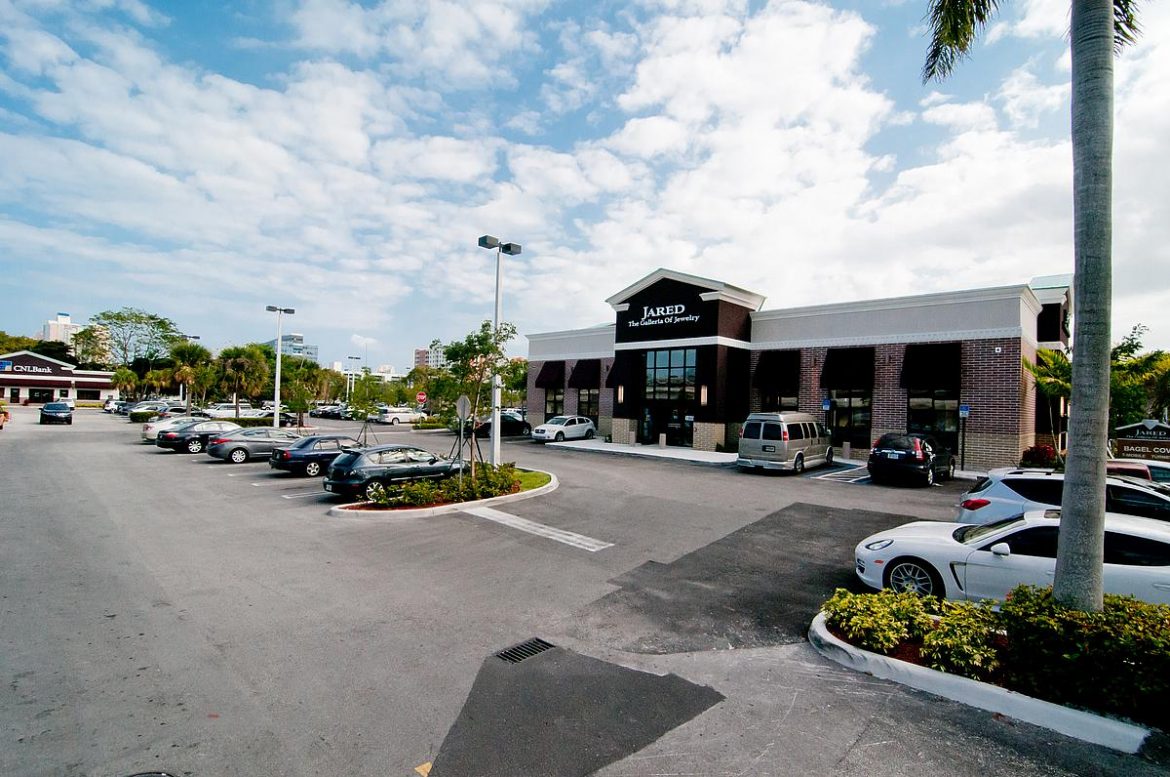
For the past five-plus years, micro-units have been an intriguing subplot in the grand saga of commercial real estate. As demand for housing has boomed, especially in rent-burdened cities like New York and San Francisco, developers gambled that tenants would tolerate tiny units — some as small as 220 SF — for the chance to access cool neighborhoods at affordable rents. Now, though, some real estate experts wonder whether the coronavirus will kill, or at least cripple, the concept.
“Prior to COVID, there was a big surge in the urban areas, urban core, everyone wanting to live in micro-units, and now it looks like everyone wants to move to the suburbs, buy homes, get out of apartments,” FM Capital Principal Aaron Kurlansky said during a Bisnow South Florida webinar last month.
Social distancing is the antithesis of the tight-knit living style that micro-units and their cousin, co-living, promote. With bars and restaurants shuttered and remote work gaining more acceptance, renters may see fewer reasons to remain in city centers, where most micro-unit properties are.
Integra Investments principal Victor Ballestas said his company was considering developing micro-unit projects in the Wynwood and North Beach areas of Miami.
“You sort of have to go towards the micro-market in order to make the numbers work, because the overall rent was pretty high,” he said. But in the wake of the coronavirus, “those are the ones that we’ve probably pulled back the quickest.”
“We always had a little heartburn over the micro-unit model,” he continued. “And then [we] started hearing through the grapevine also that people that are moving into micro-units are, you know, moving out after the year. It’s pretty much like 100% turnover rate, which obviously impacts performance significantly.”
That prompted him to focus on multifamily deals on larger parcels instead, he said. Allen Morris Co. CEO Allen Morris, who also spoke on the webinar, said he shared Ballestas’ concerns.
“People do sometimes tend to move out after a year. They say, ‘Great, look how much money I’m saving!’ and then they say, ‘I can’t stand it! Get me out!’ So, it becomes like student housing — they all move out at the end of the year.”
Kurlansky said the small apartment complexes his company owns in South Beach and Miami Beach have underperformed compared to the larger units farther from downtown in his portfolio, which he attributed to unit size.
“People are in, then they’re out,” he said. “As we’ve played in the student housing space, as someone from my office told me, it’s like convincing your wife every year that she loves you. You go from 100 to zero to back to 100, so it’s an exhaustive process, and, you know, micro-units, it seems to me, are going to follow that kind of trend where you’re just kind of [going to] be in constant lease-up.”
Source: Bisnow
